Description
Celtuce – Stem Lettuce Seeds
Celtuce – Stem Lettuce Seeds Also known as stem lettuce or Chinese lettuce, this useful vegetable combines the uses of Celery and Lettuce where the leaves and 2.5cm/1in diameter stems can be used either raw in salads or cooked. The stems are best peeled before use and similar in use texture to celery. Grow it in the same way as Lettuce.
Cultivation advice For Celtuce – Stem Lettuce
- Celtuce leaves can be harvested when they are young and tender. Use them in salads or as a leafy green in various dishes. Harvesting leaves encourages new growth.
- The flavor of Celtuce stems can be milder if they are blanched or covered to exclude sunlight during growth. This may be preferred by some gardeners who enjoy a less bitter taste.
- Keep an eye out for pests such as aphids, caterpillars, or snails that may be attracted to Celtuce. Regularly inspect the plants and take appropriate measures if pests are present.
- Use compost tea as a natural fertilizer to promote healthy growth. Dilute well-aged compost in water and apply it around the base of Celtuce plants.
- Planting Celtuce alongside companion plants with pest-repelling properties, such as nasturtiums or marigolds, can help protect against certain pests.
- If you prefer a more tender texture, consider harvesting Celtuce stems when they are still young and haven’t fully matured. Young stems are often more succulent.
- In extremely hot or cold weather, provide temporary shade or protection for Celtuce plants. This can be achieved with row covers or shade cloth to shield them from excessive heat or cold.
- Celtuce stems are typically ready for harvest when they reach the desired length, but before they become too fibrous. Look for firm, straight stems with good color.
- Celtuce can bolt (produce a flowering stem) in response to stress, especially in warmer weather. If bolting occurs, the stem becomes less palatable. Harvest Celtuce before bolting for the best quality.
- Select Celtuce varieties known for disease resistance. This can help minimize the risk of common diseases that affect lettuce and related crops.
- Adjust your planting schedule based on your local climate. In cooler regions, consider an early spring or late summer planting for optimal growth.
- Adequate hydration is crucial for Celtuce. Consistent watering, especially during dry periods, helps prevent the stems from becoming tough or overly bitter.
- In fall, when temperatures drop, Celtuce may take longer to reach maturity. Plan accordingly, and provide protection if necessary to extend the growing season.
- If slugs or snails are common in your area, use organic methods like diatomaceous earth or beer traps to protect Celtuce from these pests.
- Celtuce can be enjoyed in various culinary applications. Experiment with different cooking methods, such as stir-frying or steaming, to discover your preferred way of enjoying this unique vegetable.
- Celtuce prefers cool temperatures for optimal growth. It’s well-suited for spring and fall plantings. If growing in a warmer climate, provide partial shade during the hottest part of the day.
- Plant Celtuce in well-draining soil rich in organic matter. Work compost into the soil before planting to improve fertility and structure.
- Aim for a slightly acidic to neutral soil pH, ideally between 6.0 and 7.0, for good nutrient availability.
- Start Celtuce seeds indoors several weeks before the last expected frost, and transplant seedlings outdoors once the soil has warmed up. Alternatively, direct seeding can be done in the garden.
- Space Celtuce plants about 12 to 18 inches apart to allow room for the development of the edible stems.
- Keep the soil consistently moist but not waterlogged. Celtuce prefers evenly moist conditions. Water at the base of the plant to avoid wetting the leaves excessively.
- Fertilize Celtuce with a balanced fertilizer or a nitrogen-rich fertilizer. Follow the recommended application rates, and avoid over-fertilizing to prevent overly lush growth.
- Apply a layer of organic mulch around Celtuce plants to conserve soil moisture, suppress weeds, and maintain even soil temperatures.
- If you’ve started Celtuce from seeds, thin the seedlings to ensure proper spacing once they reach a few inches in height.
- Celtuce plants may benefit from support as they grow taller. Provide stakes or a trellis to prevent the plants from toppling over.
- Harvest Celtuce when the stems reach a desirable size, typically around 12 to 18 inches in length. Harvest the stem just above ground level. Celtuce leaves are also edible and can be harvested when young.
- Consider succession planting Celtuce every few weeks to ensure a continuous harvest throughout the growing season.
- Monitor for pests such as aphids or slugs. Practice good garden hygiene to minimize disease risks. Organic insecticides or insecticidal soaps can be used if needed.
- Planting Celtuce alongside companion plants that repel pests or attract beneficial insects can contribute to a healthier garden. For example, planting cilantro or basil nearby may help deter pests.
- Celtuce can be grown in containers if space is limited. Choose a large container with good drainage and fill it with a quality potting mix.

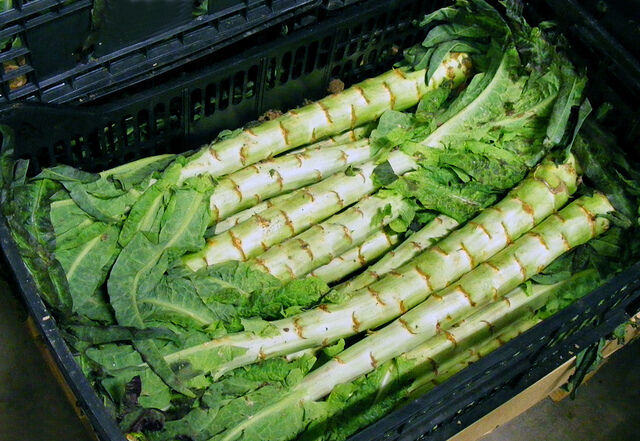
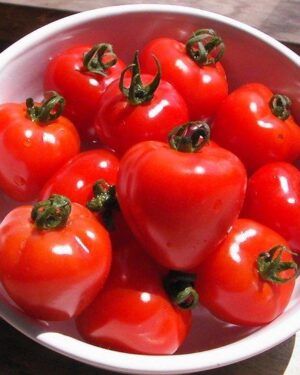
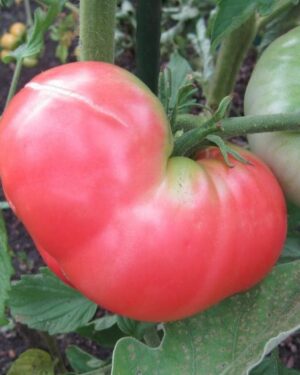
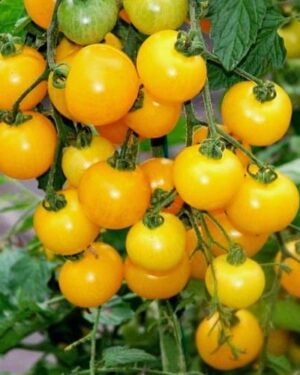
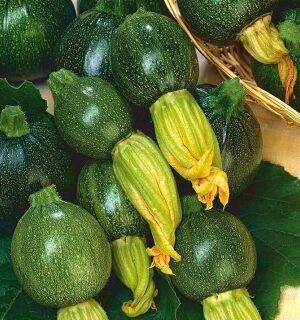
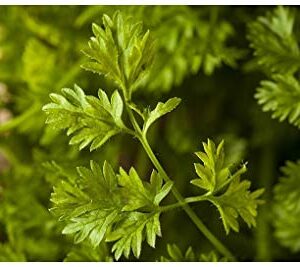
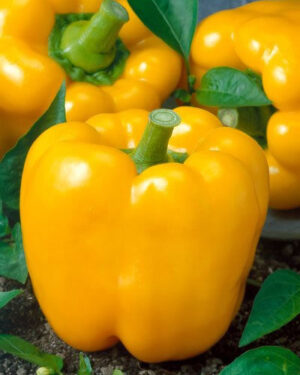

Reviews
There are no reviews yet.